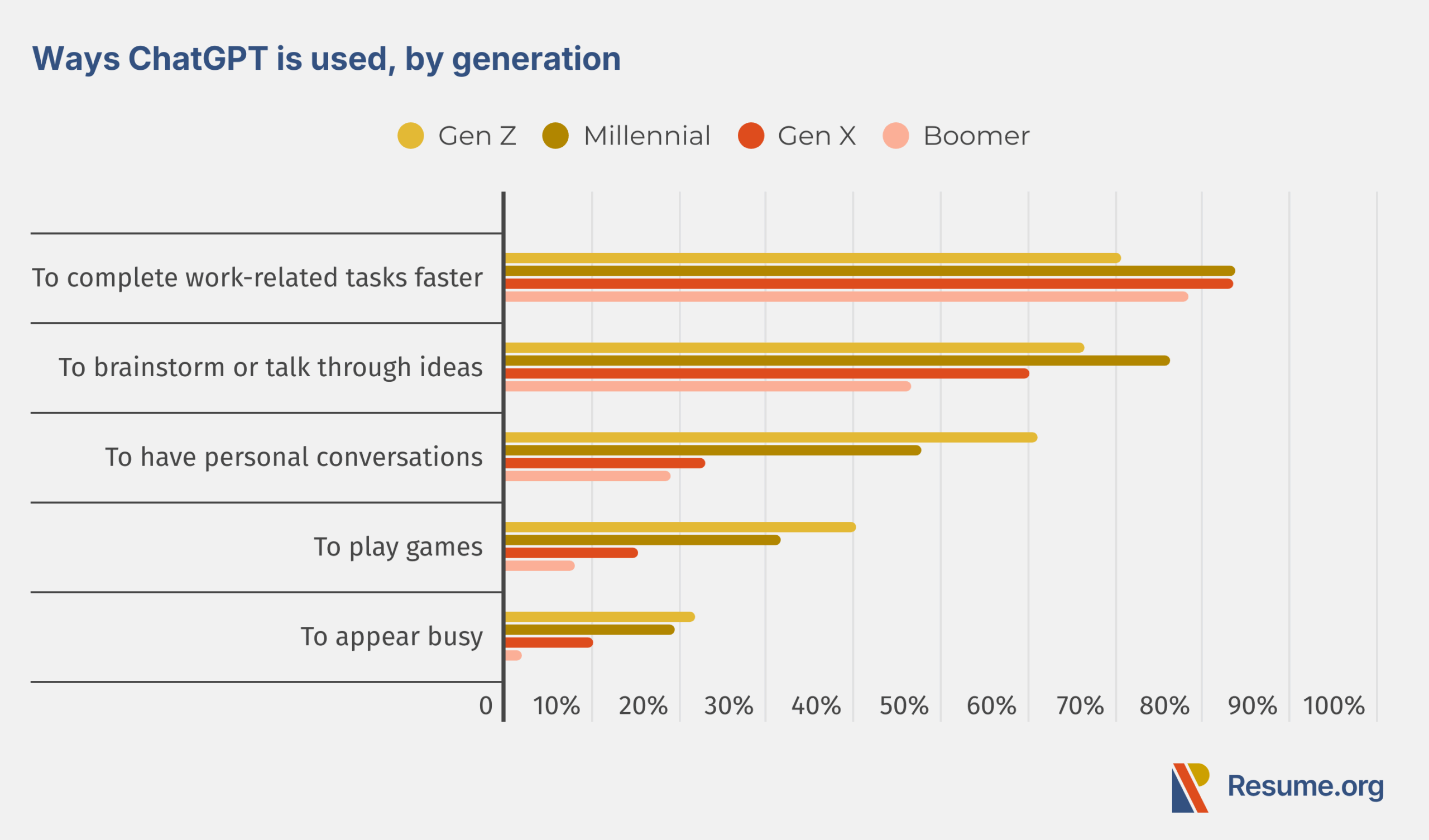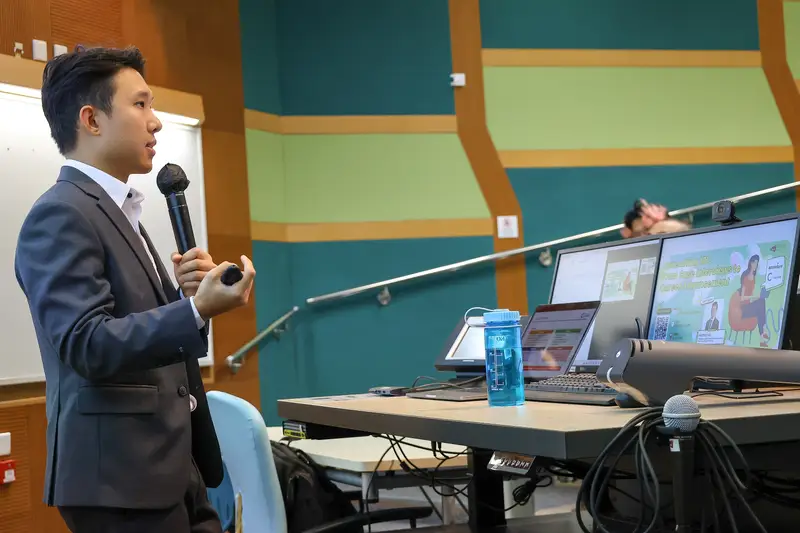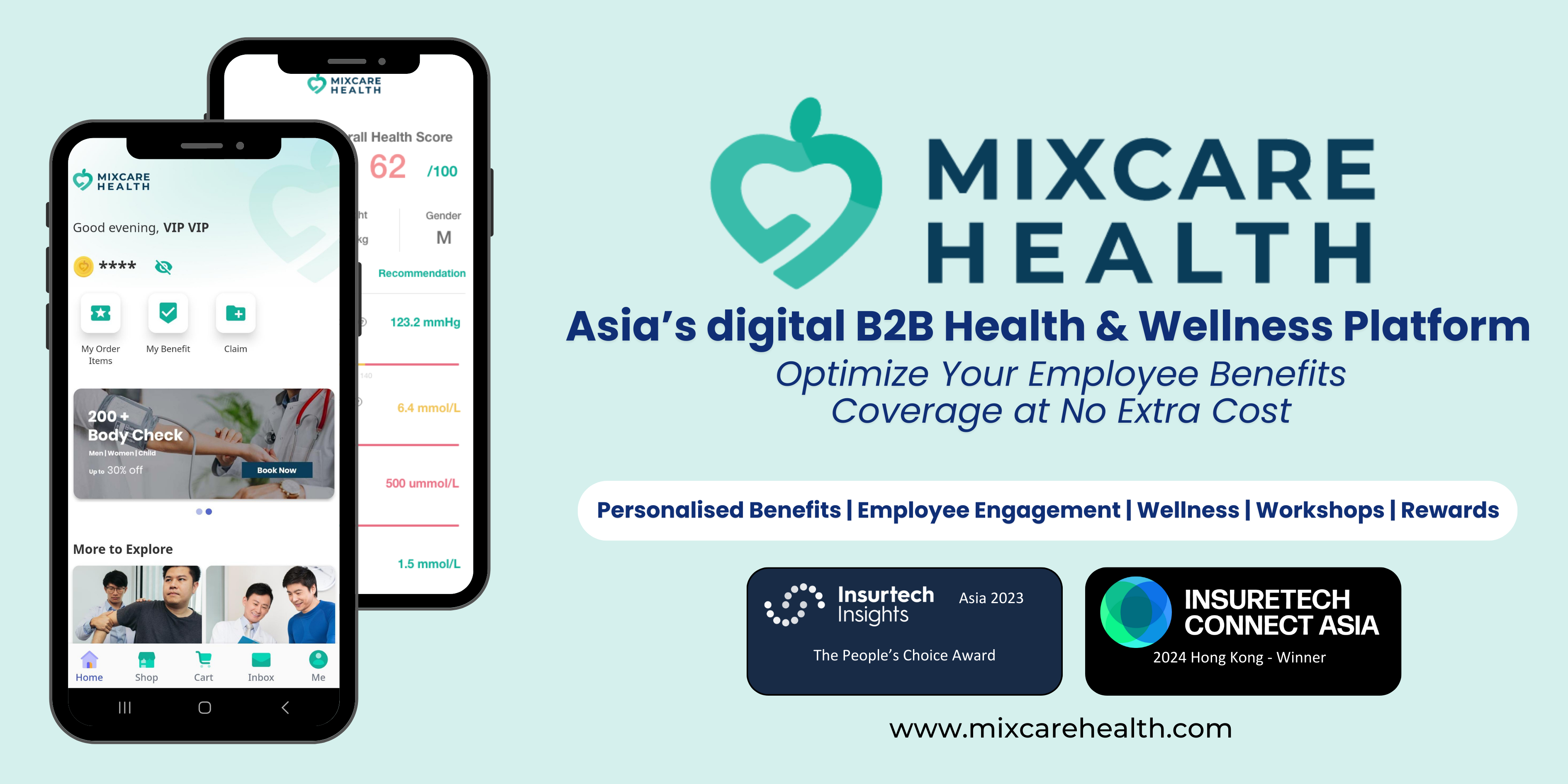[ENG] 25/05- 01/06/2025 Hong Kong HR Trends & Workplace Insights – Weekly HR Newsletter 每週人力資源新聞速覽
Hong Kong’s workforce is at a crossroads. From imported labour schemes to the rise of AI as a workplace “colleague,” the rules of hiring, retaining, and supporting talent are shifting fast. In this week’s update, we spotlight five stories shaping the HR agenda—from the government’s push to welcome 10,000 skilled foreign workers, to Gen Z’s unexpected reliance on ChatGPT for daily support. We also unpack what the growing “silver economy” means for succession planning and why well-being remains a priority despite budget constraints.
The message is clear: workforce expectations are evolving faster than most policies can keep up. Let’s break down what this means for forward-thinking HR leaders—and where the real opportunities lie.
1. Hong Kong Opens Doors to 10,000 Imported Workers

One Minute Summary
Hong Kong has announced a new labour importation scheme that will allow up to 10,000 non-local professionals to join the city’s workforce under eight designated job categories. The policy, set to launch on June 30, raises the age ceiling for applicants from 35 to 40 years, and targets sectors suffering from acute manpower shortages such as construction, healthcare, and IT. The government has framed the initiative as a long-term workforce development strategy, encouraging these foreign hires to settle permanently in Hong Kong. The move comes as Hong Kong continues to face a shrinking working-age population and low birth rates, creating challenges for sustainable economic growth.
3 Main Takeaways
- The scheme targets skilled, mid-career professionals, adjusting the age bracket to reflect longer working lives.
- Eight job types have been prioritised, including roles in technical and specialist fields facing urgent labour gaps.
- The government aims to retain these hires long-term, linking the initiative with broader strategies for talent retention and demographic renewal.
Implications to HR
- Reassess local talent development plans – If employers can fill roles more easily with foreign hires, it may expose underinvestment in upskilling local staff. HR should audit internal pipelines.
- Anticipate integration and cultural onboarding challenges – Welcoming a wave of foreign professionals demands stronger onboarding, language support, and workplace inclusion practices.
- Consider second-order effects on compensation and retention – Imported workers may reset salary benchmarks or raise internal equity concerns. HR leaders should prepare messaging and adjust retention strategies accordingly.
What this means for you:
This policy marks a pivotal shift in Hong Kong’s workforce strategy. If your company struggles to hire locally, you may soon have access to new hiring avenues. But don’t just view this as a quick fix – HR teams should think ahead: how can you build inclusive workplaces where diverse talent thrives? How will you measure long-term ROI from imported staff?
Source: South China Morning Post
2. Hong Kong “Silver Economy” Plan to Retain Older Workers

One Minute Summary
In response to an aging population, the Hong Kong government has rolled out a 30-point strategy aimed at boosting participation of older adults in both the economy and the labour force. The initiative targets the “silver economy” with measures such as incentives for employers, flexible retirement policies, and vocational training for seniors. Experts agree it’s a step in the right direction but caution that the plan needs further incentives and clarity to succeed. With 35% of Hong Kong’s population projected to be over 65 by 2043, engaging older talent isn’t optional – it’s critical for economic and HR sustainability.
3 Main Takeaways
- 30 strategic measures have been introduced, including reskilling, inclusive employment, and policy reform.
- Experts suggest expanding the plan with co-funded insurance or targeted subsidies to make hiring older workers viable.
- The plan responds to demographic urgency – Hong Kong is aging fast, with serious implications for labour supply.
Implications to HR
- Redesign job roles for age inclusivity – Tap into this initiative by offering part-time, advisory, or flex roles tailored to experienced workers.
- Create knowledge transfer systems – Pair older staff with juniors through mentoring to retain critical institutional knowledge.
- Rethink retirement pathways – HR can explore phased retirement or “post-retirement consulting” to extend high-value careers in cost-effective ways.
What this means for you:
This is your green light to unlock the value of experienced workers. HR leaders who build age-inclusive cultures will gain a serious competitive edge in a shrinking labour market. It’s not just about hiring – it’s about redesigning workforce structures to thrive across age demographics.
Source: South China Morning Post
3. Employers Prioritise Employee Well-Being in 2025 Plans

One Minute Summary
According to a global survey, 93% of large employers plan to maintain or expand their employee well-being programs in 2025. Despite financial pressure and rising healthcare costs, companies are doubling down on programs that support mental health, social belonging, and preventive care. There’s a marked trend towards community-based initiatives, such as peer mentoring, volunteering, and employee resource groups. These initiatives are seen as essential to not only retention and engagement, but also as a way to differentiate employer brands in a competitive hiring market.
3 Main Takeaways
- Most companies are keeping or growing wellness budgets despite economic uncertainty.
- Mental health support is increasingly central – beyond EAPs, firms are investing in community.
- Peer-to-peer connection is now a formal strategy to boost engagement and reduce burnout.
Implications to HR
- Audit current programs for gaps – Are your wellness offerings reactive (e.g. helplines) or proactive (e.g. coaching, community)?
- Use well-being as a retention lever – Embed well-being in manager training, team rituals, and performance goals.
- Track the ROI of belonging – Consider metrics like retention, psychological safety scores, and voluntary participation to show real impact.
What this means for you:
This is your chance to lead with empathy and measurable impact. Employee well-being isn’t a benefit anymore – it’s a strategic differentiator. Build a culture where people genuinely feel seen, connected, and supported. Your top talent will thank you with loyalty.
Source: HR Dive
4. Gen Z Workers Embrace ChatGPT as “Co-Worker”

One Minute Summary
A recent survey from Resume.org finds that over half of Gen Z workers see ChatGPT as a colleague or even a friend. Nearly 50% would rather ask ChatGPT for help than their manager. These younger employees grew up with AI and are using it intuitively to solve problems, write content, and navigate ambiguity. Rather than fear automation, Gen Z sees it as an essential productivity partner. The report also shows that ChatGPT is boosting confidence, especially among those early in their careers.
3 Main Takeaways
- Gen Z views AI as a peer, not a threat – a stark contrast from older generations.
- AI boosts confidence and self-sufficiency, especially for junior staff navigating new roles.
- The shift in help-seeking behaviour may change traditional reporting lines and workplace dynamics.
Implications to HR
- Update onboarding to include AI fluency – Treat ChatGPT like a team tool, with guidelines on best practices.
- Retrain managers – They must learn to lead teams where AI is a collaborator and guide conversations that blend tech with trust.
- Revise knowledge management systems – If staff default to AI over humans, HR needs to embed quality, up-to-date resources into those systems.
What this means for you:
The workplace isn’t just multigenerational – it’s multi-intelligence. HR must bridge generational divides and redefine team structures where AI is a live player. Don’t resist it. Guide it. Gen Z already has.
Source: HR Dive
5. AI Interview Screening: 5 Tips from a Hong Kong Career Coach

One Minute Summary
With AI-powered hiring tools becoming the norm, Hong Kong career coach Herman Ko shared insights into how candidates can succeed in AI interviews. From structured video assessments to psychometric screening, many companies are using bots to shortlist talent. Ko advises candidates to make a strong impression in the first 30 seconds, use “top 1%” keywords, and adapt responses for both human and machine reviewers. The emphasis is shifting toward clarity, confidence, and content that aligns with data-driven scoring systems.
3 Main Takeaways
- AI screening is becoming standard in many sectors, especially in graduate and tech recruitment.
- Candidates must tailor answers for dual audiences – human recruiters and AI algorithms.
- First impressions matter more than ever, especially in short-form video submissions.
Implications to HR
- Review your hiring pipeline – Are you transparent with candidates about AI use? Do your tools align with DEI values?
- Invest in candidate education – Provide prep materials or mock assessments to reduce bias and build trust.
- Use AI to support, not replace, human judgment – Train hiring managers to use AI insights responsibly and avoid over-reliance.
What this means for you:
AI interviews are here – but they don’t have to feel robotic. Use this shift to make hiring more scalable and more human. Empower candidates with clarity, support your managers with data, and maintain a people-first lens throughout.
Source: Business Insider
 HR in Focus: A Smarter Way to Support Employee Well-Being
HR in Focus: A Smarter Way to Support Employee Well-Being
As job hopping loses its pay appeal and post-pandemic stressors persist, companies are rethinking how to truly engage and retain talent. Traditional benefits are no longer enough — employees want flexibility, relevance, and care that fits their lifestyle.
That’s where MixCare’s HealthCoin and Wellness Marketplace come in.
Empower your team with a flexible budget they can use across a wide range of wellness services — from mental health support to fitness, nutrition, and more. With MixCare, every employee can choose what well-being means to them.


Want to stay on top of the latest HR trends, policy developments, and corporate response strategies every week? Subscribe to the MixCare Weekly now — each week, we curate the five most important news stories in the industry to help you stay ahead in a rapidly changing market.
[formidable id=”9″]
